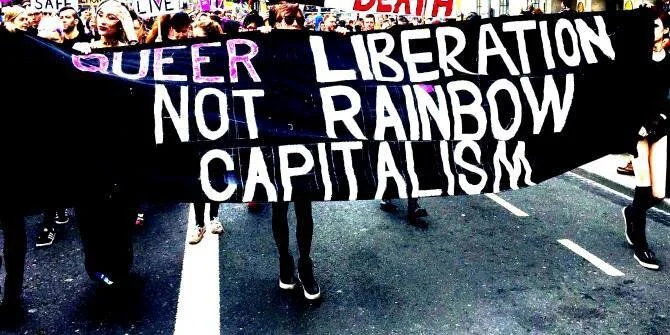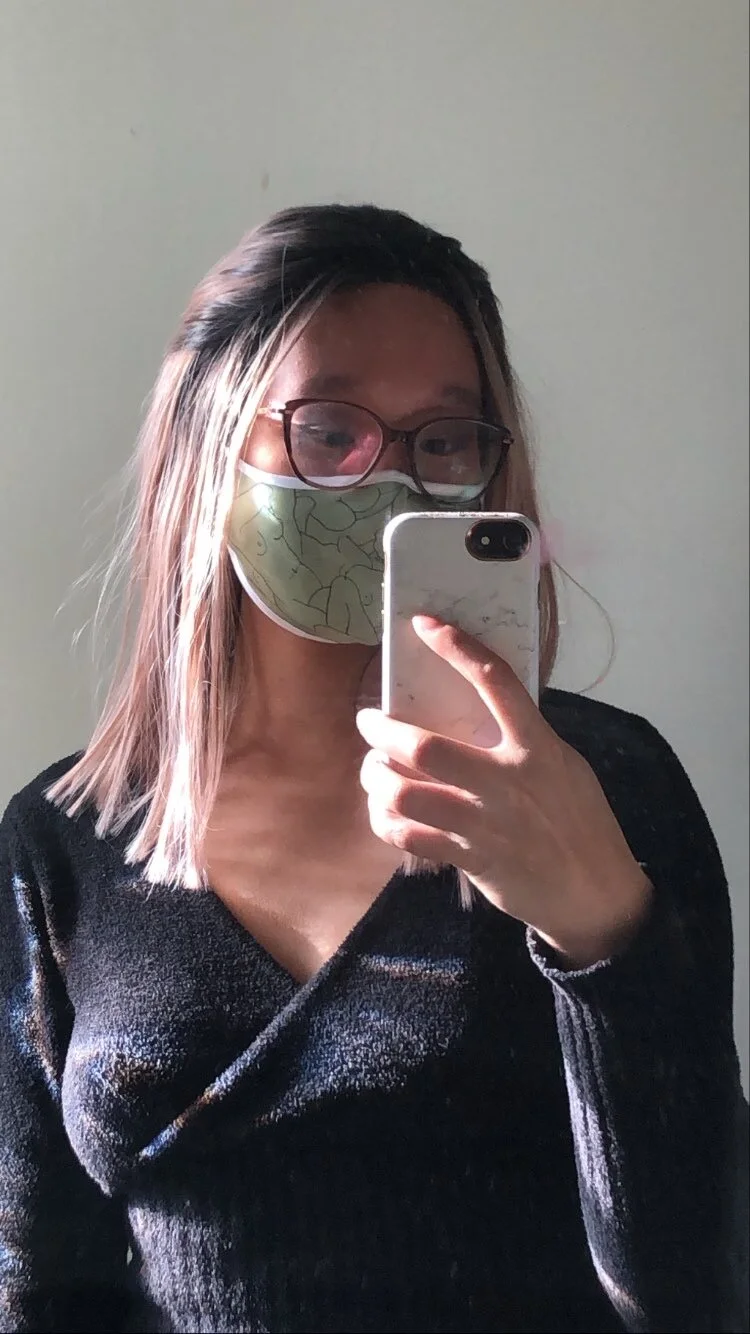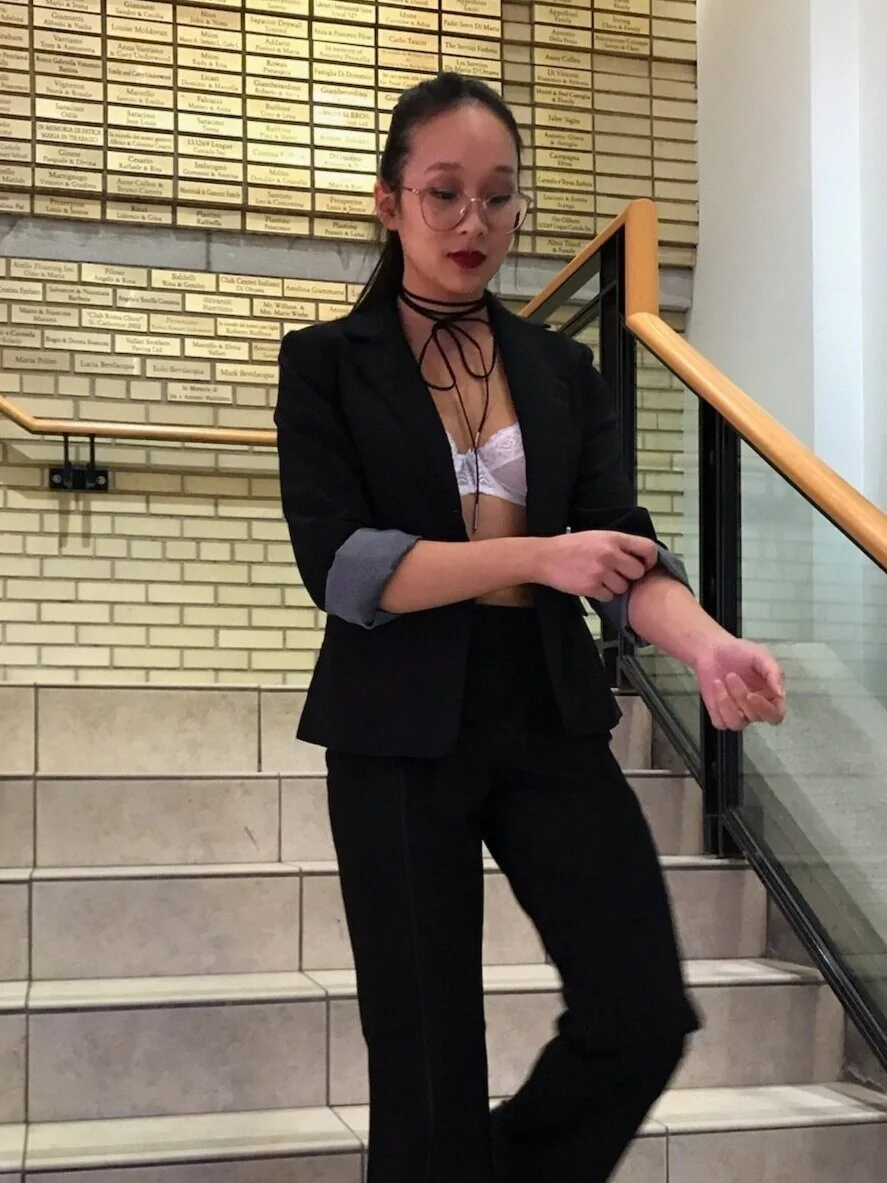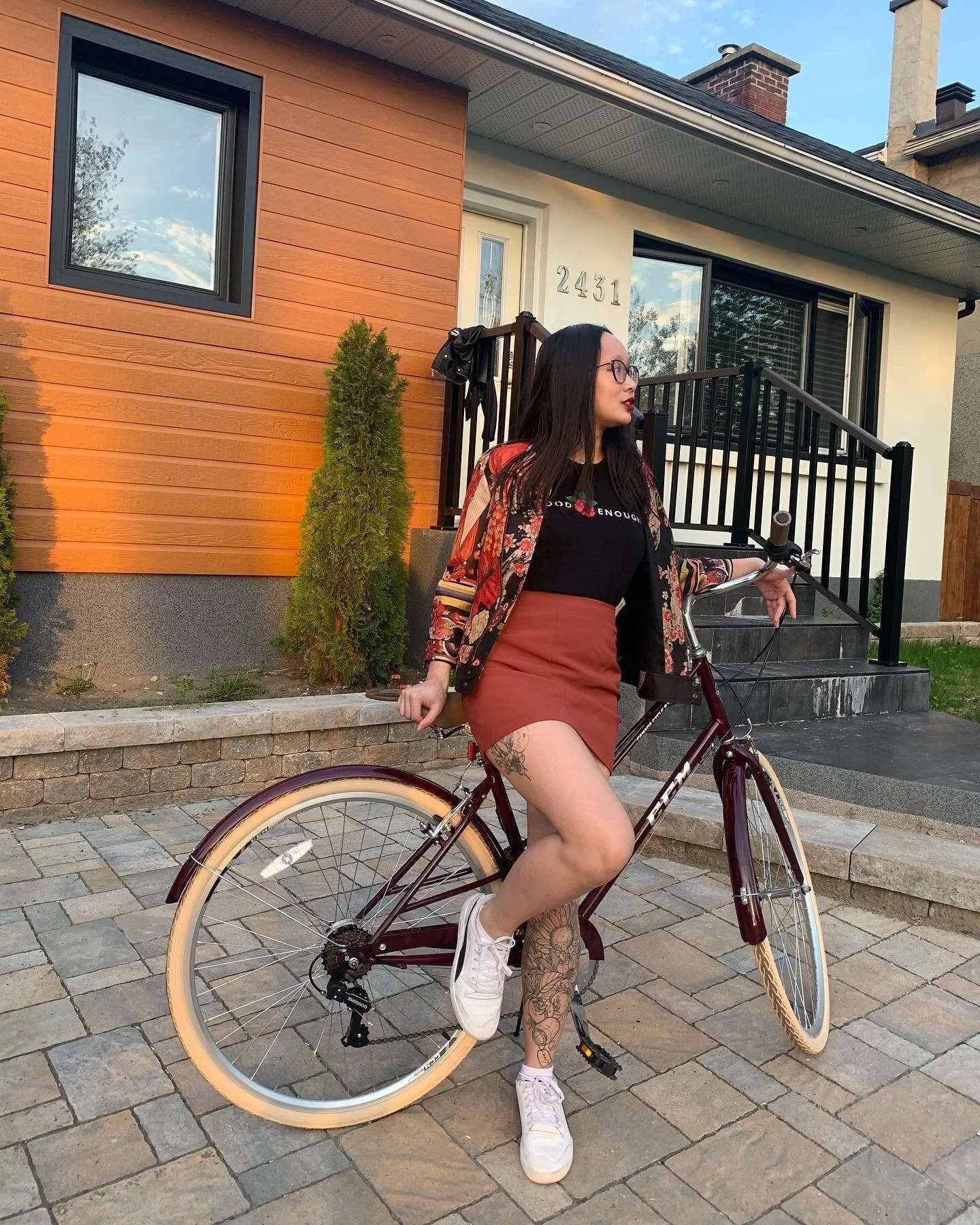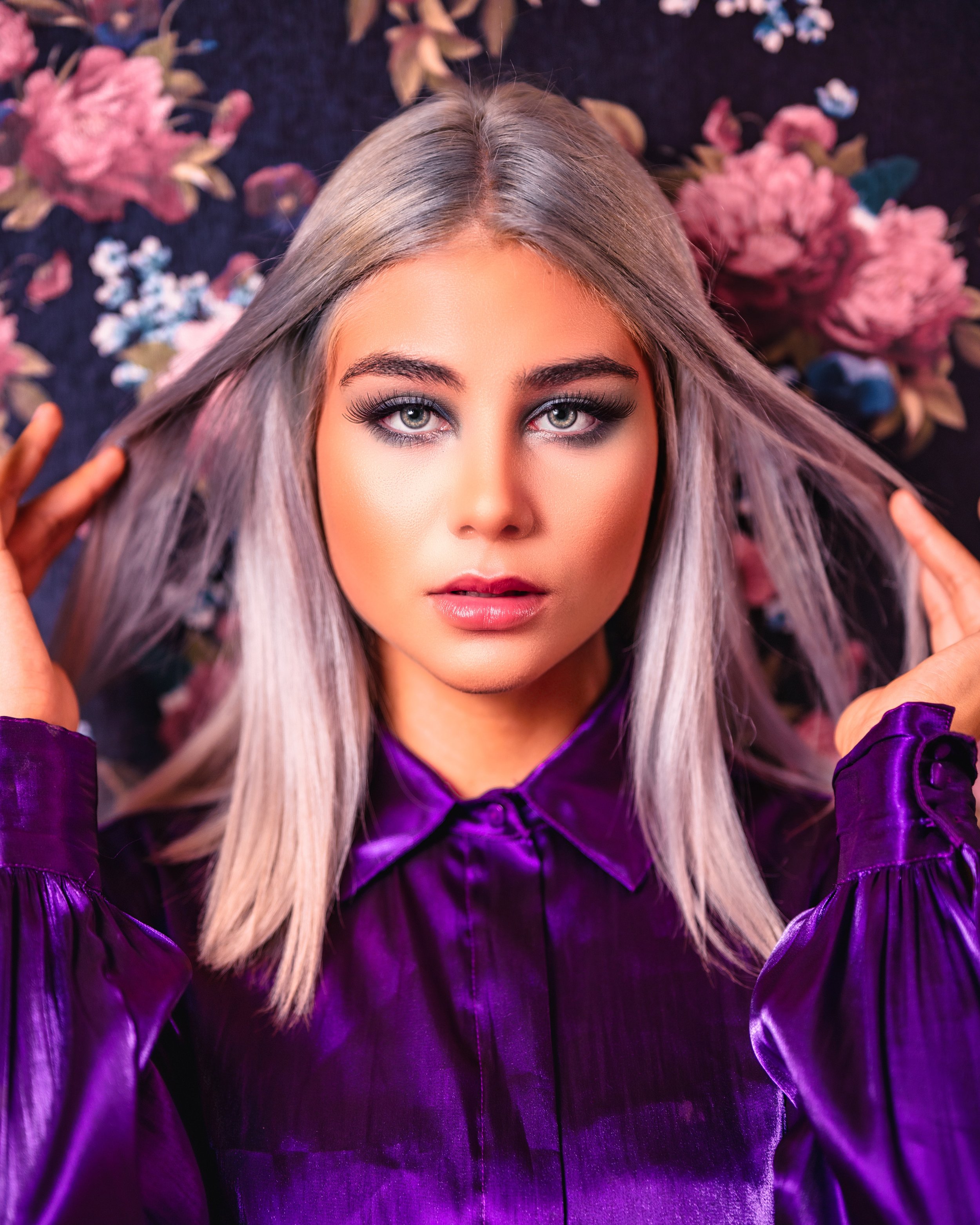Queer Fashion And Identity

Expressing and Normalizing Queer Identities with Fashion
Cover Photo: Bob The Drag Queen - 2017.
What do leather, drag, and ballroom fashion all have in common? They’re all subcultures historically created by LGBT+ people that are associated with certain aesthetics, fashion, and clothing. While there are many gay designers whose designs and brands became mainstream fashion hits (see Alexander McQueen and Christian Dior, for example), queer fashion borne from subcultures are often not recognized as the legacies they are. Historically, queer subcultures were borne out of a need for community, safety, and entertainment that allowed queer people to express themselves in a safe space. Other queer aesthetics were borne out not of subcultures, but of a need to signal to other LGBT+ people that the person wearing said clothing or fashion is also part of the community or to simply not be seen as heterosexual or cisgender, that they were safe to approach and befriend.
Queer Liberation - Not Rainbow Capitalism
Source: Internet
While the many different subcultures of fashion within the community are diverse and have different meanings due to the diversity of the community and often, because of the fact that there are many members of the community who had to create their own communities due to being marginalized by the larger LGBT+ community. Ballroom culture and vogueing is one such example of this. The general consensus is that these subcultures exist today because of a love for not only the aesthetics but the culture and community created. For many queer people, these were the only places that they could express themselves, be taken care of, and have a found family. A lot of the aesthetics and language of these subcultures trickled down into the more mainstream queer culture, particularly online.
Ballroom culture is best known for the voguing dance style replicated by Madonna in her 1990 music video “Vogue.” - Source: The Atlantic
Source: Internet
Today, in a world where the LGBT+ community is slowly becoming accepted by mainstream society, so do our subcultures and fashion aesthetics. RuPaul’s Drag Race, for example, has been said to be a very narrow and rigid reflection of drag. However, due to the show’s international popularity, it is often now seen as the only standard for drag queens everywhere. In the past five to ten years, male celebrities have become much more experimental and more feminine with their style, which has also influenced quite a few non-celebrity guys to experiment as well.
Bob The Drag Queen - 2017.
Source: Internet
While this in itself is not a problem, it’s interesting to consider that the industry and mainstream news often only praises white straight men for doing what queer men of colour have been doing for decades (see Prince, and more recently Jaden Smith as examples). Many of the fashions and aesthetics that mark queer people out as part of the community have gotten them harassed, attacked, and assaulted. It can be incredibly frustrating to see people benefiting financially and socially for aesthetics and culture that others have been attacked for. There’s also often a strange defensiveness when straight, cisgender people are mistaken as queer when wearing fashions commonly associated with our community- rather than shrugging it off, it’s as if they need to prove their straight cis identity (ex. see this tone deaf Tik Tok drama). Other queer aesthetics and fashions that aren’t as easily made palatable or profitable are often degraded by people outside the community (ex. Butch/masc/stud fashion is usually looked down on because people don’t find it attractive). This and other examples of co-opting, commercialization, and commodification of queer culture and fashion completely divorce the aesthetic from the history and the community that originated it all together.
What does all of this mean for young queer people today?
A lot of current and modern queer fashion or aesthetics become recognizable in online spaces, rather than in person. As much as these online spaces are incredibly helpful and supportive for many people, they can also be isolating due to the lack of in-person community and companionship. Personally, I think this can lead to a lot of young LGBT+ people wanting their style to look ‘gay’ to signal to other people in real life, to be able to form these bonds in real life, a desire heightened by the pandemic and the loss of in-person LGBT+ events and spaces. Certainly, this was the case for me.
I never really thought about queer fashion, or fashion in general until I came to university and was able to fully explore my queer identity. Up until then, I hadn’t really met many people who were in the queer community due to being really sheltered, other than the few out people at my high school. Add the fact that I wore a uniform five out of seven days a week, and it created a recipe of deep-seated insecurity when I met other LGBT+ people who were much more unapologetically themselves, who had close queer friends in high school, and who had taken the time to learn how to express their queerness via their style. No one person that I envied looked exactly alike either- it was like they had an inner confidence that I just didn’t know how to find. And no, it did not help that for the first two years of the university the clothes I chose to buy and wear were mostly for a want of male validation, which is surprisingly hard to unlearn even as a queer person).
I wore a uniform five out of seven days a week, and it created a recipe of deep-seated insecurity when I met other LGBT+ people who were much more unapologetically themselves, who had close queer friends in high school, and who had taken the time to learn how to express their queerness via their style. No one person that I envied looked exactly alike either- it was like they had an inner confidence that I just didn’t know how to find.
It didn’t really help that I felt as though I didn’t fit in with any of the stereotypes of what queer people should look like as an Asian person. Quite a bit of queer representation, online, in media, and offline, is incredibly white. Although I’ve spent quite a few years trying on different aesthetics at home, for me, many of the fashion archetypes for queer sapphics, such as cottage core style, butch/masc styles, or femme styles still feel uncomfortable and unattainable because of how white they are.
Photo courtesy of Minh
Ultimately for me, the crisis of not looking queer or gay enough stemmed from a lack of community. How I dress truly has nothing to do with my personal identity but being mistaken as a straight person feels like erasure because of the personal struggles that I have had as a queer person. I’ve faced both subtle and overt homophobia, from being over-sexualized to being delegitimized by people who had no idea what they were talking about. And while I experienced all of this, I rarely had a community that I felt I was truly accepted in to be supported by. It often feels like I’m erased and assimilated.
The switch inside my head clicked after an unfulfilling day spent thrifting. I had found nothing despite going into three different consignment stores that were well known for being trendy and ducked into a vintage thrift store I’d seen multiple times but had never actually gone into. It was filled to the brim with flashy patterned jackets, gorgeous scarves, leather jackets and boots, etc. I ended up buying three different things from that store that day, and after overhearing the owner recommend a different store up the street, immediately went to that store and bought something there too. (And no, it was not me spending ‘excessively’. I prefer to frame this kind of shopping as ‘contributing to small businesses during an economic turndown’. Feel free to take this reasoning if you need it). Being able to immediately find pieces I loved at vintage thrift stores after not finding anything at other stores reinforced the fact that I do have a personal style, it just isn’t completely fleshed out yet, and that’s okay. The experience has made me stop trying to dress and become someone who I’m not.
After a year spent inside self-reflecting due to Covid-19 and many identity crises, I’ve come to peace with the fact that while I may not always be able to completely embody the common idea of queer fashion or aesthetics, my personal style is queer because I am queer. There are certain pieces in my closet that to me, and my friends, scream that I’m a part of the community despite me not buying them for that purpose (except for my mask that has a tasteful outline of nude bodies. I still stand by that one). While I still strive to dress with the spirit of queer liberation and freedom, these days it feels genuine and not a front I’m trying to put on. While it may seem a bit on the nose, I’m done trying to be anything but myself because in reality, I’ll never be able to live up to my own high expectations of what I think I should look like. Right now, it’s enough that I’m having fun with my style, learning about the history of different queer cultures and aesthetics, and being comfortable with my identity as a queer, Asian woman.
Right now, it’s enough that I’m having fun with my style, learning about the history of different queer cultures and aesthetics, and being comfortable with my identity as a queer, Asian woman.
Photo courtesy of Minh
Minh Truong is from Vancouver, BC and is currently finishing up her Communications degree at Carleton University. When not writing, reading, or drinking a chai latte with oat milk (lactose intolerants unite!), you can catch her annoying her very handsome cat. | IG: @minhtruong_
